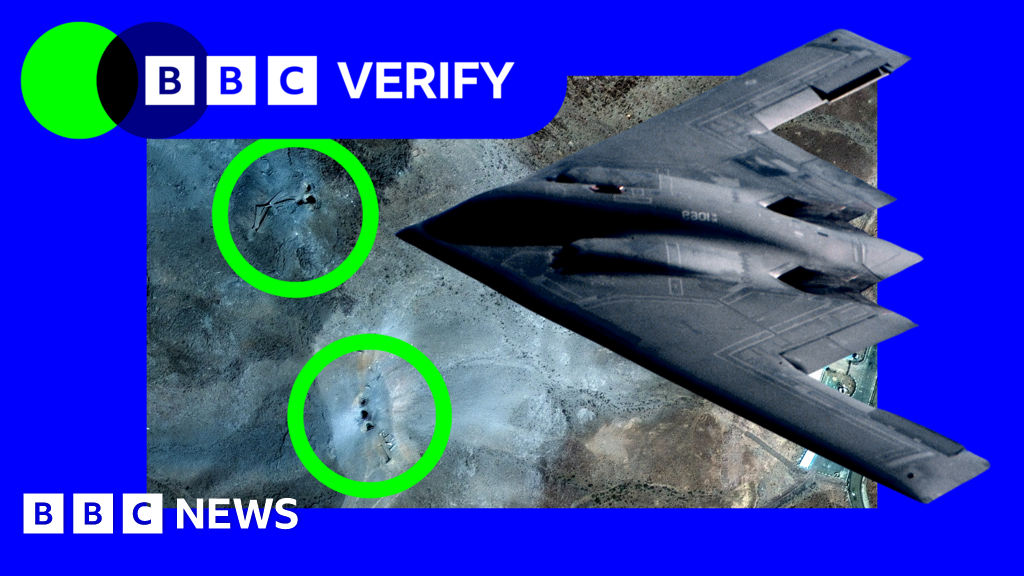Earth has only one natural satellite, the moon, which is relatively large compared to its parent planet. It orbits Earth at an average distance of about 384,400 kilometers and completes one revolution approximately every 27.3 days. The moon is thought to have formed about 4.5 billion years ago, likely resulting from a massive collision between Earth and a Mars-sized object called Theia. Although Earth only has one true satellite, several small, temporary natural satellites occasionally enter Earth’s orbit for short periods.
Recent studies suggest some objects orbiting near Earth are actually ejected lunar fragments. Asteroid Kamo’oalewa, about 50 meters wide, likely came from lunar basalt and may be linked to the Giordano Bruno crater’s formation 1–10 million years ago. These fragments can enter “quasi-satellite” orbits or become temporary minimoons briefly captured by Earth’s gravity. This theory is supported by observations of objects like 2020 CD3 and 2024 PT5, which have spectra closely matching lunar material, indicating our moon may be the source of many near-Earth objects.
In their paper published on the arXiv preprint server, the team led by Robert Jedicke from the University of Hawaii explores “bound” objects that have negative total energy relative to Earth and stay within three Earth Hill radii (the region around Earth where its own gravity dominates over the gravitational pull of the sun) with “minimoons” being a subset that complete at least one orbit around Earth. Only four such objects have been discovered: 2006 RH120, 2020 CD3, 2024 PT5, and 2022 NX1.
Earlier studies suggested these objects came from the asteroid belt, spectral analysis shows a much stronger similarity to lunar basalt, indicating many may be lunar impact debris. The study uses computer simulations to model how lunar ejecta could become captured by Earth either immediately after impact (“prompt bounding”) or after spending time in solar orbit (“delayed bounding”), with some eventually becoming minimoons.
Their study suggests Earth’s temporarily bound objects (TBOs)—those captured by Earth’s gravity while within 3 Earth Hill radii—may partially originate from lunar impact ejecta that later returns after orbiting the sun.
About 20% of these TBOs meet the stricter definition of “minimoons,” however, predicting the size and frequency distribution of these lunar-origin objects remains highly uncertain due to incomplete understanding of crater formation processes, including how impact energy relates to crater size and how ejecta size relates to ejection speed.
By studying Earth-like orbiting objects with moon-like spectral signatures, scientists could determine what proportion come from the moon versus the asteroid belt, potentially improving our understanding of crater formation mechanics.
As our understanding of Earth’s orbital neighborhood grows, so does our appreciation of the complex bond between Earth and the moon. This new research suggests a dynamic exchange of material is still ongoing today, with lunar-origin objects challenging past assumptions about near-Earth bodies.
These findings offer a unique chance to study lunar geology without the complexity of sample return missions. As more powerful telescopes come online, more minimoons and quasi-satellites are expected to be discovered, potentially reshaping our view of Earth’s place in a dynamic, ever-changing lunar system.
More information:
Robert Jedicke et al, The steady state population of Earth’s minimoons of lunar provenance, arXiv (2025). DOI: 10.48550/arxiv.2504.17985
Citation:
The moon is a constant source of minimoons (2025, April 30)
retrieved 4 May 2025
from
This document is subject to copyright. Apart from any fair dealing for the purpose of private study or research, no
part may be reproduced without the written permission. The content is provided for information purposes only.


















